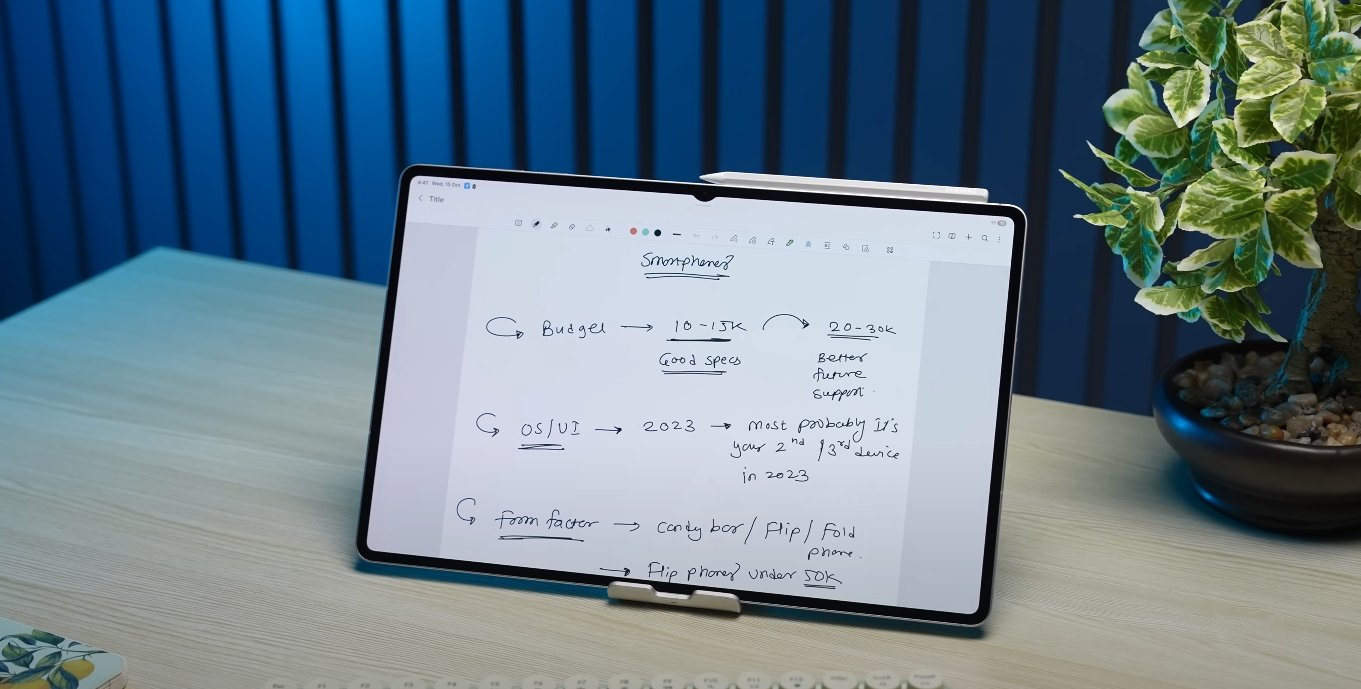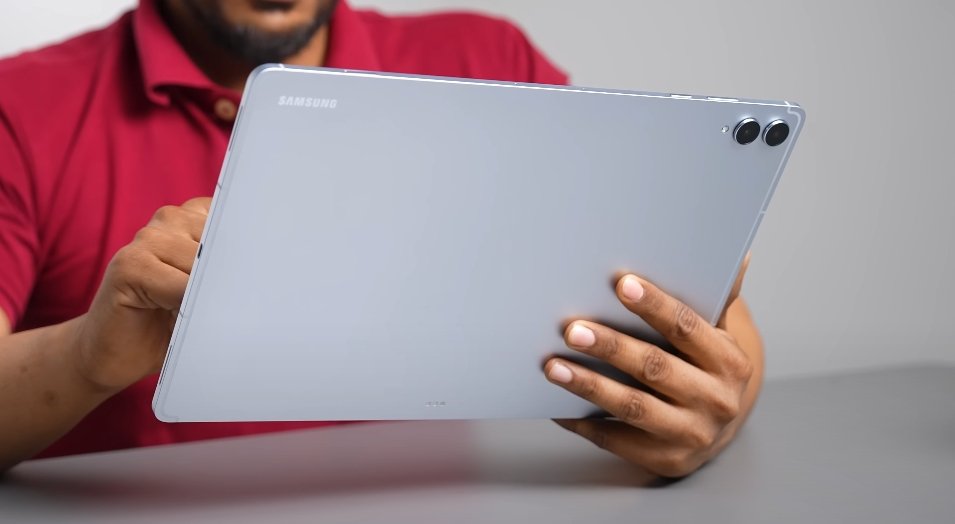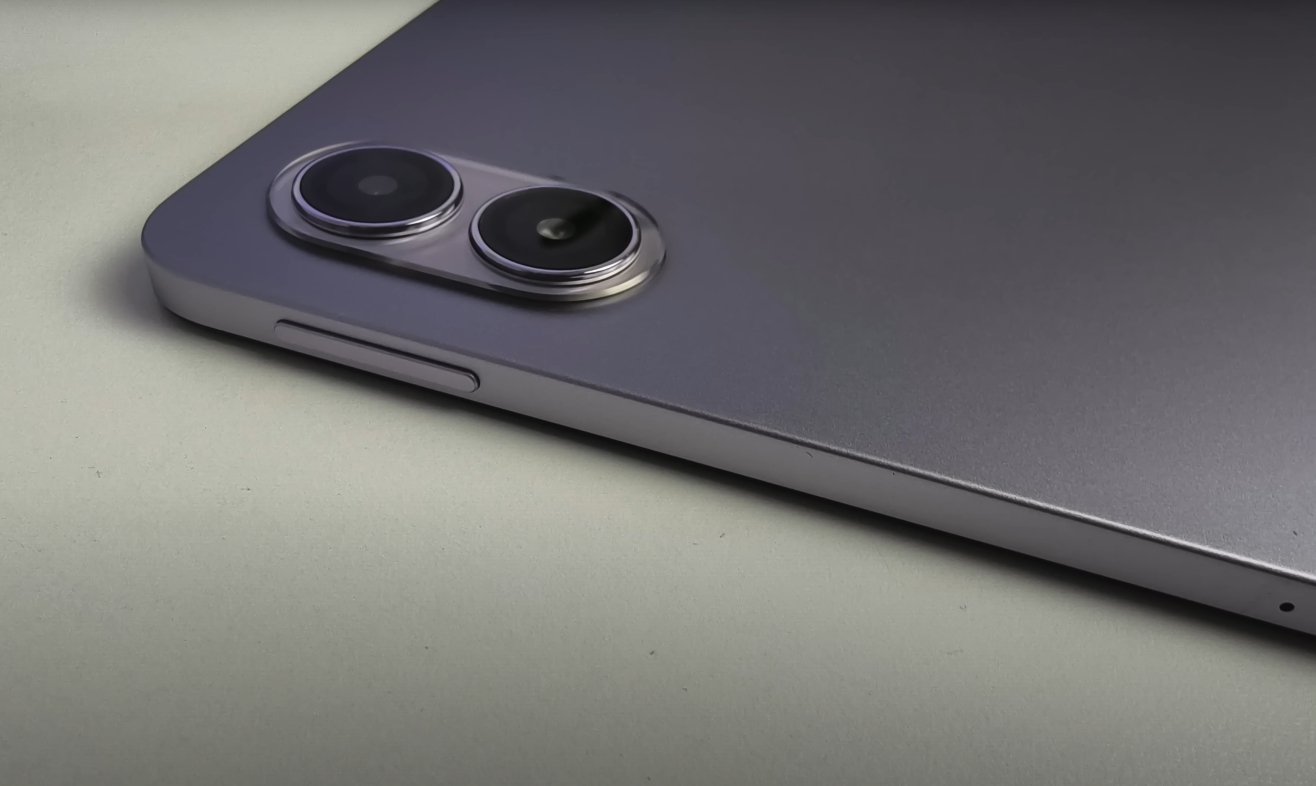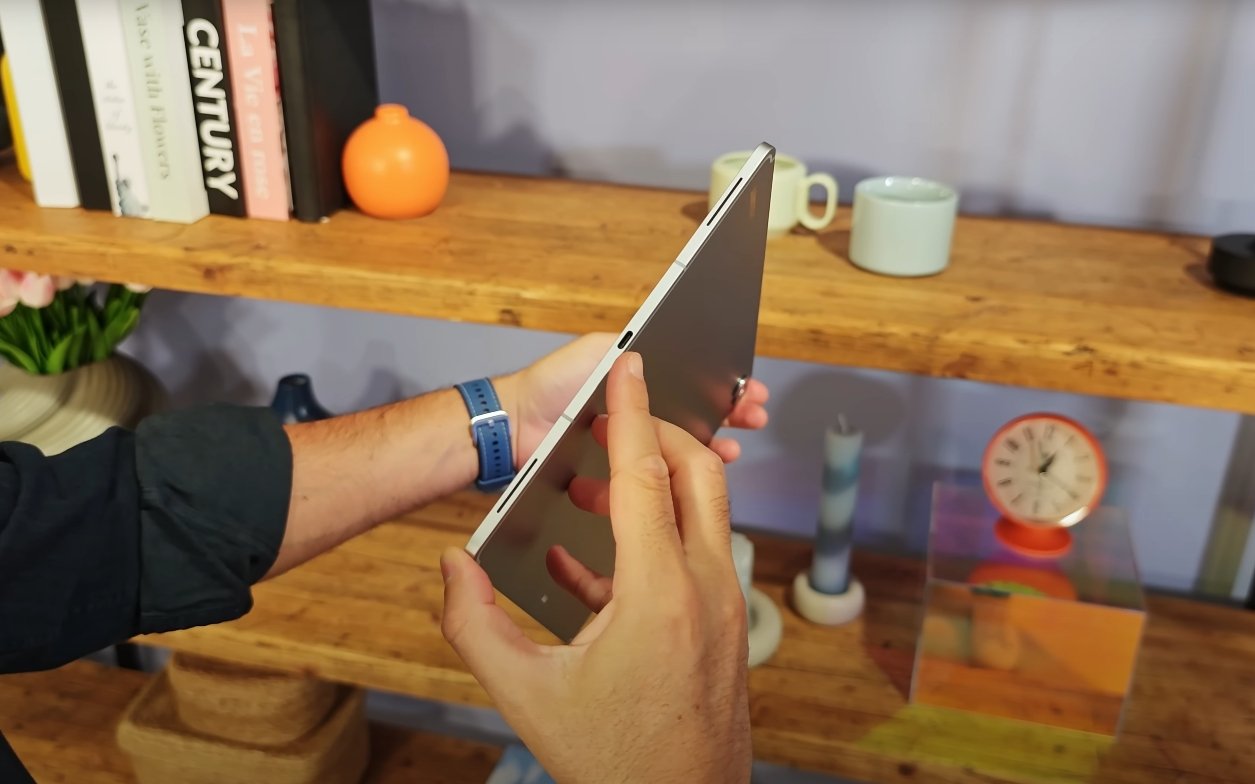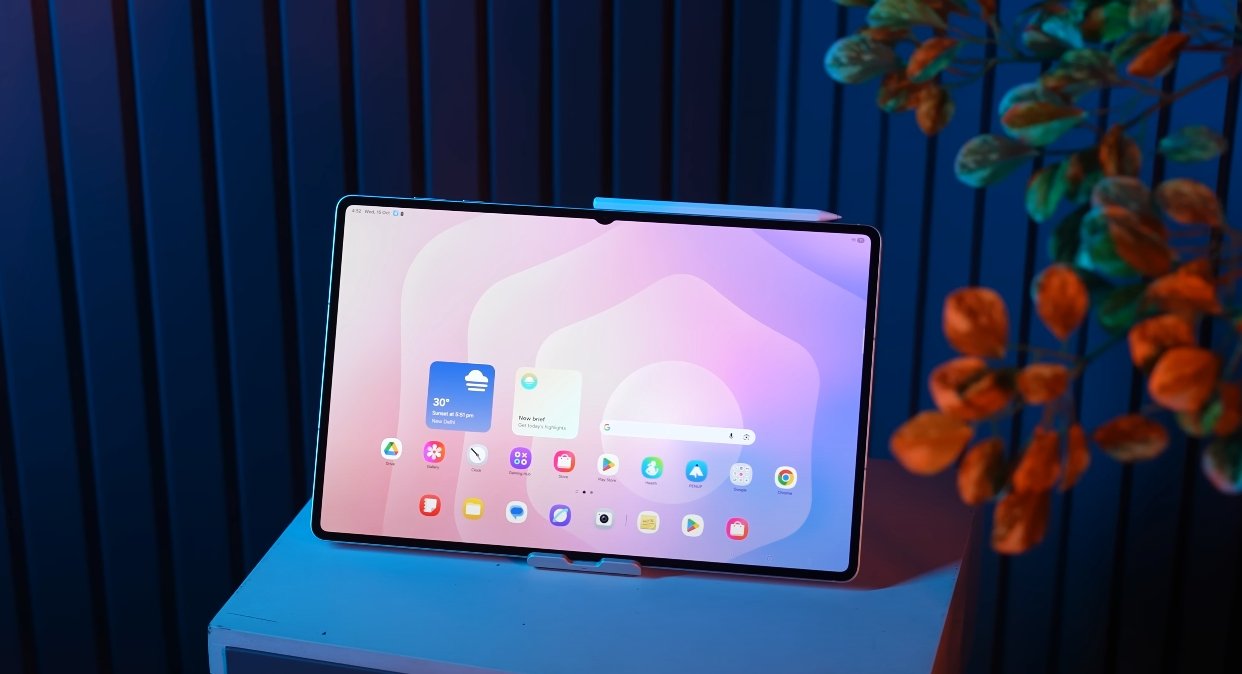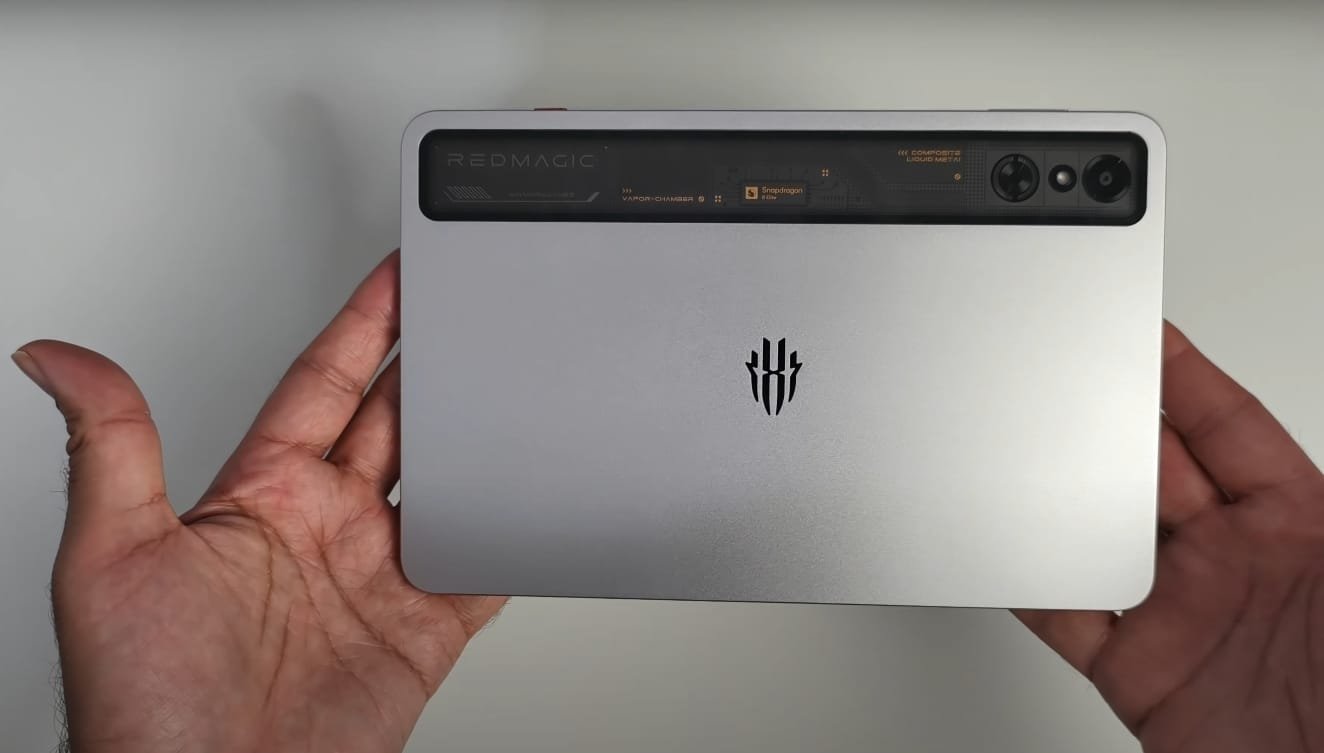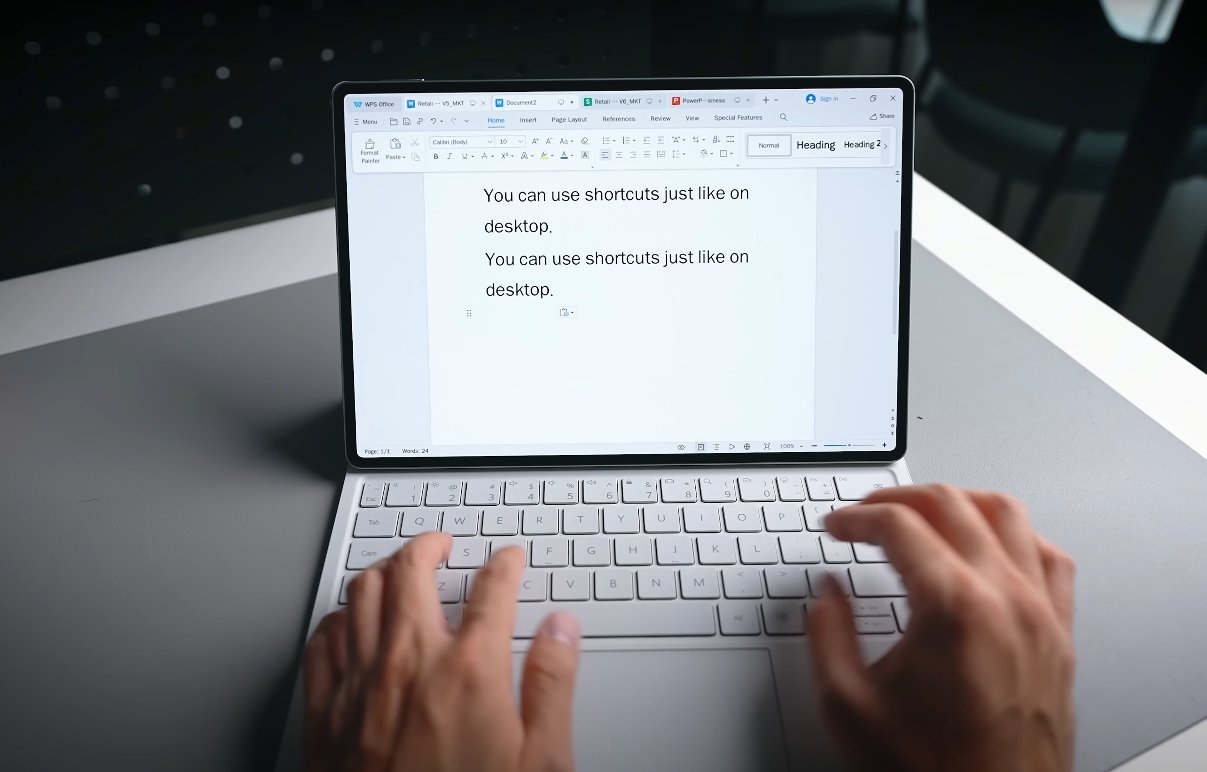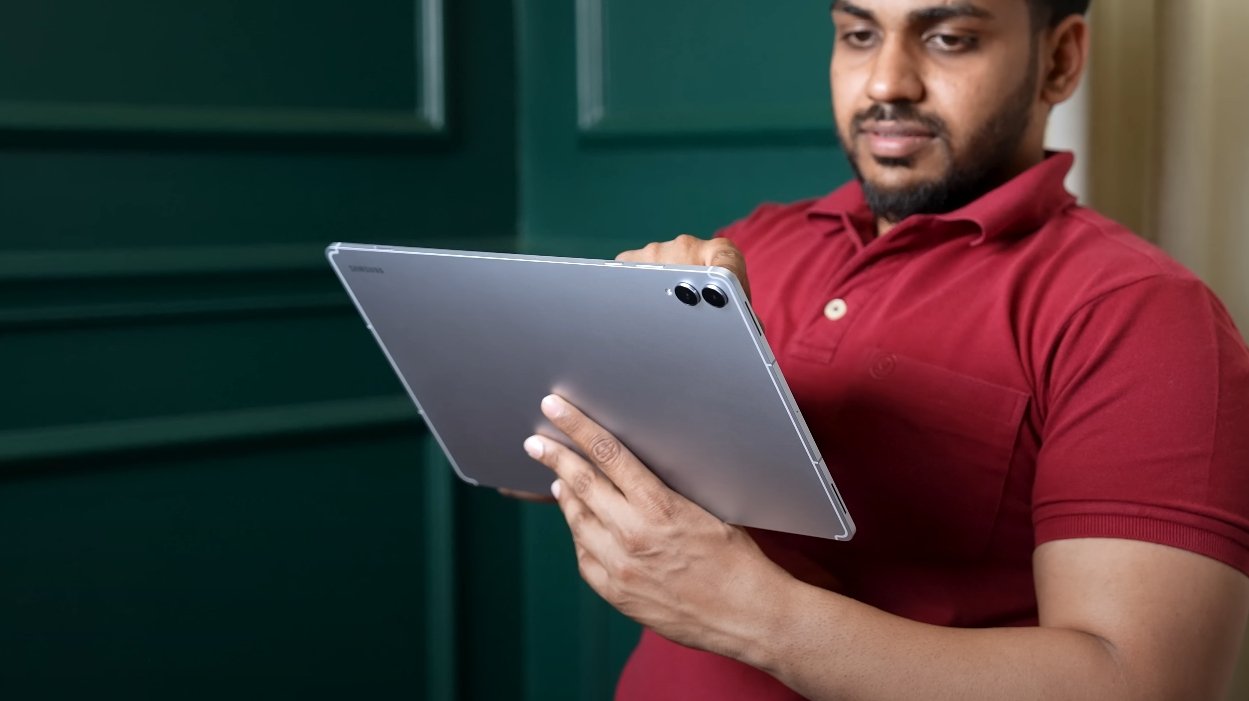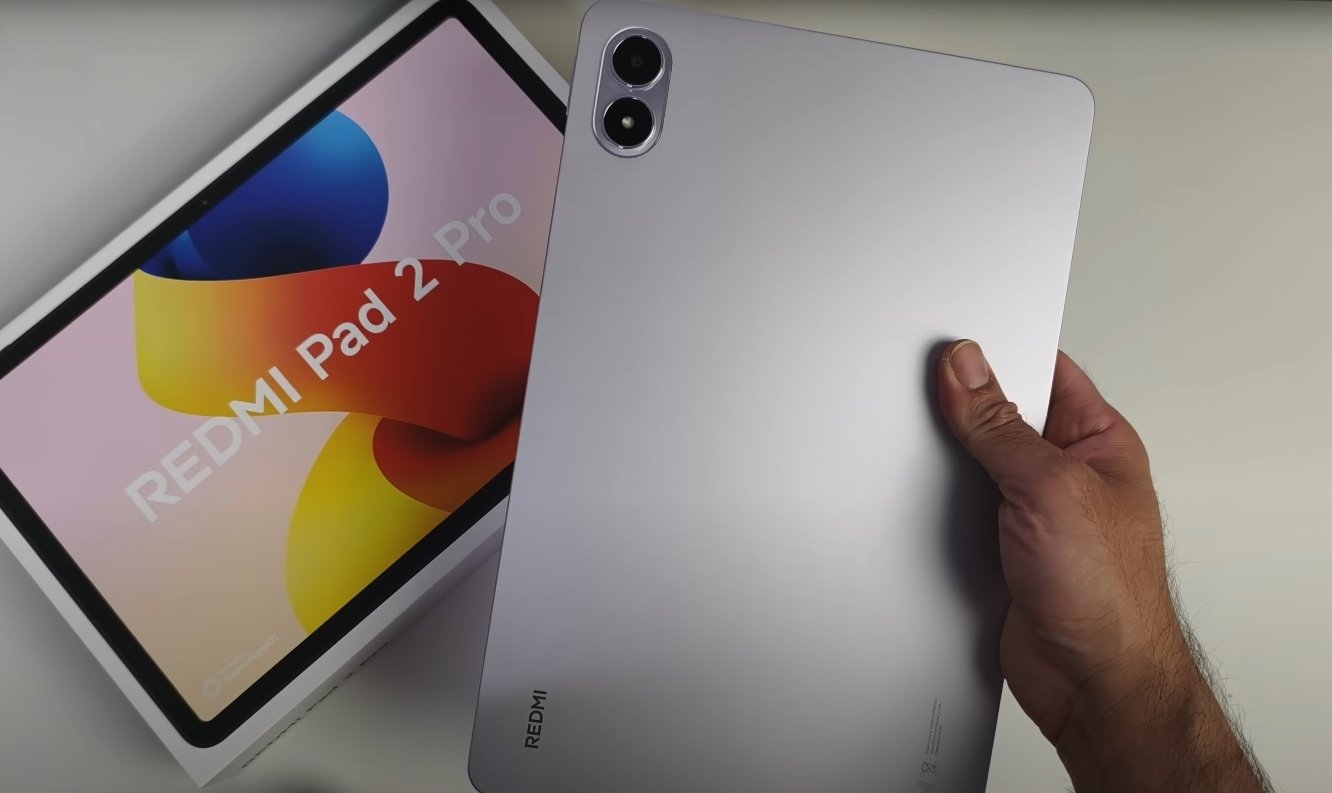Comparing Samsung Galaxy Tab S11 Ultra and Microsoft Surface Pro 10
The Samsung Galaxy Tab S11 Ultra and Microsoft Surface Pro 10 are two of the most powerful tablets available in the market today. Both devices are designed to serve professionals, creatives, and tech enthusiasts, but they cater to slightly different user needs. Understanding their differences can help buyers choose the right device for work, entertainment, and everyday use.
The Galaxy Tab S11 Ultra features a 14.6-inch Dynamic AMOLED 2X display with a resolution of 2960 x 1848 pixels. This large, vibrant screen supports a 120Hz refresh rate, delivering smooth visuals and deep color contrast. Its slim and lightweight design makes it highly portable for on-the-go productivity. The Surface Pro 10, on the other hand, has a 13-inch PixelSense Flow display with a resolution of 2880 x 1920 pixels and a 120Hz refresh rate. Although slightly smaller, it provides sharp visuals and is designed for seamless transitions between tablet and laptop modes with its detachable keyboard.
Performance is another key differentiator. The Galaxy Tab S11 Ultra runs on the MediaTek Dimensity 9400+ processor, paired with up to 16GB RAM and storage options from 256GB to 1TB. This configuration ensures fast multitasking, smooth gaming, and efficient handling of professional applications. The Surface Pro 10 is powered by the Qualcomm Snapdragon X Elite processor, also offering up to 16GB RAM and storage up to 1TB. Its architecture allows it to run full Windows 11 Home, providing access to desktop software and a broader range of productivity tools.
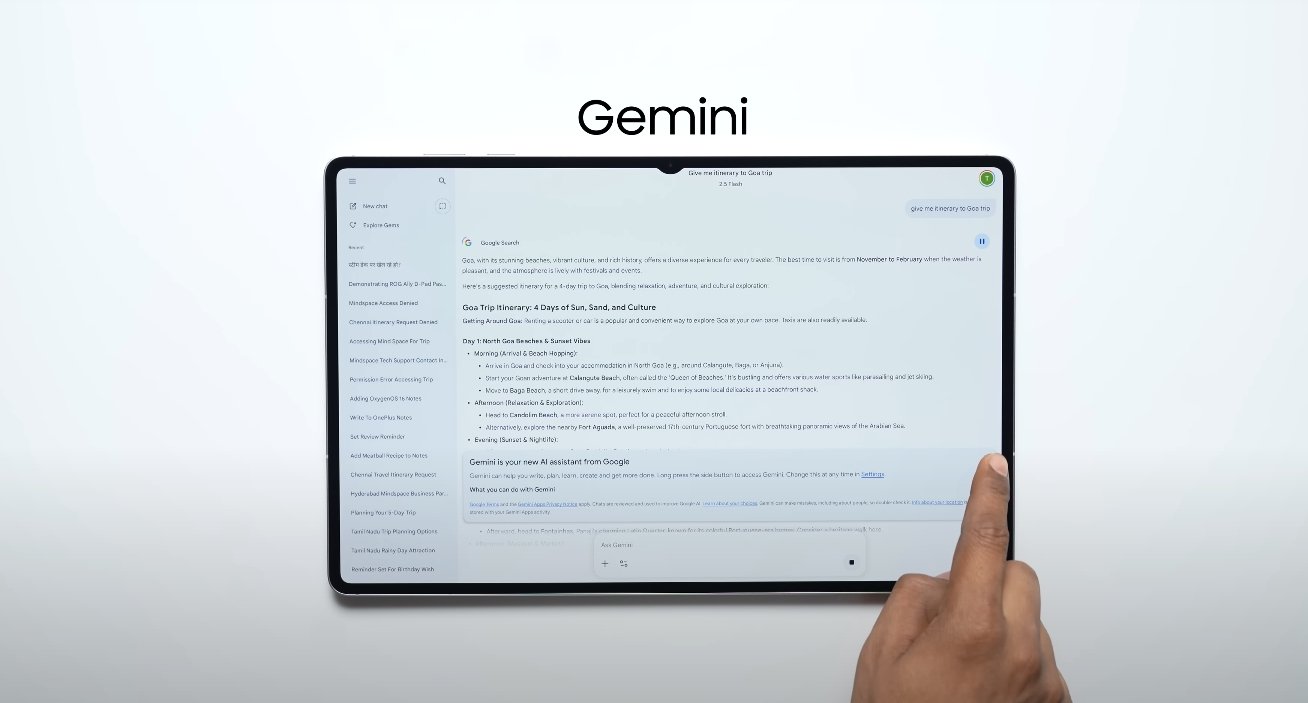
In terms of operating systems, the Galaxy Tab S11 Ultra uses Android 16 with One UI 8, integrating smoothly with Samsung’s ecosystem. It also supports the S Pen, which is ideal for note-taking, sketching, and creative workflows. The Surface Pro 10 runs Windows 11 Home, giving users a complete desktop experience in a tablet form factor. This makes it suitable for users who need a device that can handle office applications, professional software, and multitasking similar to a traditional laptop.
Battery life is essential for portability. The Galaxy Tab S11 Ultra comes with an 11,600mAh battery, providing extended usage for both work and media consumption. The Surface Pro 10 offers optimized battery life for professional use, delivering reliable performance throughout the workday. Both devices also support fast charging, reducing downtime and keeping productivity on track.
Camera and audio features vary as well. The Galaxy Tab S11 Ultra offers a dual rear camera setup with a 13MP main sensor and 8MP ultra-wide lens, along with dual 12MP front cameras. This configuration is suitable for video calls, streaming, and occasional photography. The Surface Pro 10 features a 10MP rear camera and a 5MP front camera, offering sufficient quality for video conferencing and casual photo use. Both tablets have high-quality audio systems that enhance media experiences.
Connectivity options include Wi-Fi 7 and optional 5G on the Galaxy Tab S11 Ultra, while the Surface Pro 10 offers Wi-Fi 6E and optional 5G. Both devices support Bluetooth and USB-C for peripherals and charging. These options ensure fast data transfer, reliable internet connections, and compatibility with a wide range of accessories.
Price and value depend on the user’s needs. The Galaxy Tab S11 Ultra is priced competitively, offering top-tier performance and a large display at a reasonable cost. It is ideal for creatives and professionals who want a high-performing Android tablet. The Surface Pro 10 is generally priced higher but provides a full Windows experience, making it appealing for users who need desktop-level functionality in a portable device.
In conclusion, the choice between the Galaxy Tab S11 Ultra and Surface Pro 10 depends on priorities. The Tab S11 Ultra excels in display size, creative tools, and portability, making it ideal for content creation and media consumption. The Surface Pro 10 is better for users who need a complete desktop experience on a tablet, offering versatility and professional application compatibility. Both tablets are excellent in their respective categories, giving users high performance, advanced features, and long-term usability.
Also Read: Xiaomi Pad Mini powered by MediaTek Dimensity 9400+
